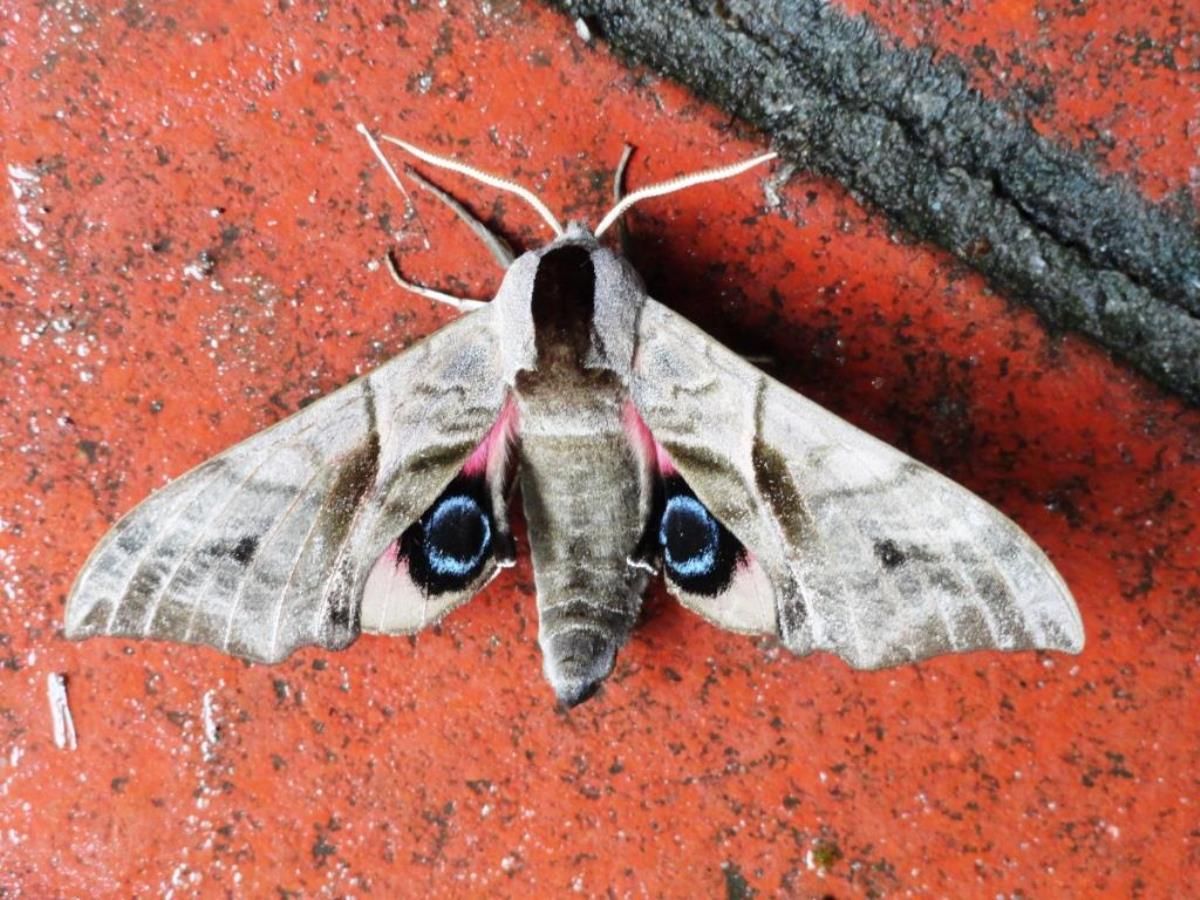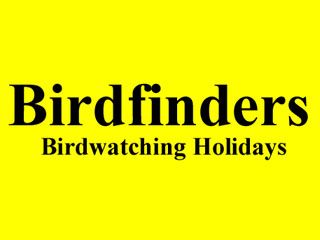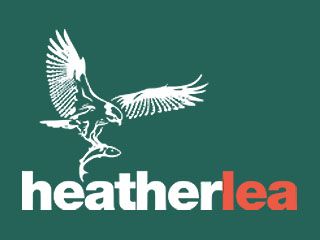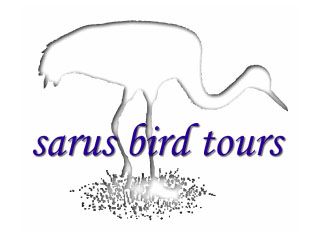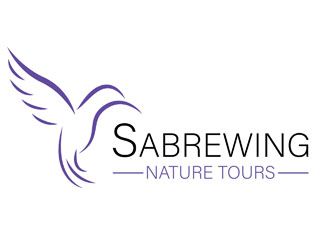Ecotours Worldwide - Stop Dreaming - Start Booking
Moths & Butterflies Tour
Kondor EcoLodge, Kiskunság National Park, Hungary - 7 days, but can be tailor-made
The total number of recorded Lepidoptera in Hungary is close to 4000 species. Compared to the size of the country it is a huge number, due to a big variety of habitats and microclimates.
Our region, the Kiskunság National Park is famous to have the Westernmost Asiatic steppes in Europe, plus arid, sandy areas dotted with fishponds, alkaline lakes and oxbow lakes with riverine forests. As a result we have a very interesting mix of different habitats thus plenty of interesting species. From May till September almost every week we can have different species of moth at and around our Kondor EcoLodge. For several years we have not used professional moth traps, because in our area there is very limited light pollution, so generally it was enough to use outside special lightbulbs and the white walls of any of our buildings. We had amazing variety of species even with this method.
Nowadays we use a professional Robinson moth trap to catch & observe moth species in our garden. Actually the very first time we run the moth trap we caught 6 different Hawk Moth species plus many other interesting moth species, lot of them extreme rarities in UK or do not even occur, so many of them do not even have an English name such as our local endemic species.
Many thanks especially for Colin Williams who brought over from UK the Robinson Moth trap and helped us to learn not just how to use it successfully, but also to try to ID the the various moth species during the first evening sessions.
Please note that collecting or taking living specimens of any stage is strictly prohibited by the Hungarian law. We will provide literature about Hungarian and Central-European Macrolepidoptera fauna as well as a few special books on Micro moths, although most of them are written in German or Hungarian.
Fact File
- 7 days in the centre of the Kiskunság National Park, Hungary
- start and finish in Budapest, Hungary
- using 1 accommodation
Highlights
- wide variety of habitats
- moth trapping during the night
- rare moth specie
- rare butterfly species depending on the month including Large Copper, Freyer's Purple Emperor, Cardinal, Southern Festoon and many more
Price
Ask for the actual price.
Our price includes:
- all travel as noted in the itinerary;
- all accommodation based on shared rooms (most rooms are twin bedded), at most locations there are single rooms as well for extra charge (Please ask for a single room at the time of booking!);
- 3 meals per day, generally breakfast at the accommodation, packed lunch, dinner (consists of at least two courses);
- services of the leader(s);
- trip materials.
Not included:
- flight to and from the country;
- optional programmes to places of interest and its entrance fees
- passports and visas
- airport and other departure taxes, tips
- food beyond generally 3 meals/day mentioned in the itineraries
- excess baggage charges,
- telephone calls,
- alcoholic beverages,
- compulsory personal insurance
If you have questions about the inclusion of any cost item, please contact us
The following list is just a short list of species we have trapped during end of May, beginning of June. But each month, well, actually quite regularly every week has its own special list, so from April till October there are always a lot to look for.
| 1 | Small Elephant Haewkmoth | Deilephila porcellus |
| 2 | Orange Moth | Angerona prunaria |
| 3 | Clouded Border | Lomaspilis marginata |
| 4 | Bordered White | Bupalus piniaria |
| 5 | Setaceous Hebrew Character | Xestia c-nigrum |
| 6 | Pine Hawkmoth | Hyloicus pinastri |
| 7 | Orange Footman | Eilema caniola |
| 8 | Riband Wave | Idaea aversata |
| 9 | Large Yellow Underwing | Noctua comes |
| 10 | Double Line | Mythimna turca |
| 11 | Delicate | Mythimna vitellina |
| 12 | The Flame | Axylia putris |
| 13 | Willow Beauty | Peribatodes rhomboidana |
| 14 | Heart And Dart | Agrotis exclamationis |
| 15 | Pale Prominent | Notodonta ziczac |
| 16 | Treble Lines | |
| 17 | Mottled Rustic | |
| 18 | Common Wainscot | |
| 19 | Pale-shouldered Brocade | Lacanobia thalassina |
| 20 | (species of grass moth) | Catoptria falsella |
| 21 | (species of puss moth) | Zeuzera pyrina |
| 22 | Cream-spot Tiger | Arctia villica britannica |
| 23 | Poplar Hawkmoth | Laothoe populi |
| 24 | Buff Arches | |
| 25 | Straw Dot | |
| 26 | Portland Ribbon Wave | |
| 27 | Lilac Beauty | |
| 28 | Swallow Prominent | Pheosia tremula |
| 29 | Marbled Minor | |
| 30 | Lesser Broad-bordered Yellow Underwing | Noctua janthe |
| 31 | Large Dark Prominent | Notodonta torva |
| 32 | Rustic | |
| 33 | Buff-tip | |
| 34 | Green Oak Tortrix | |
| 35 | Spotted Sulphur | |
| 36 | Bedstraw Hawkmoth | |
| 37 | Poplar Kitten | |
| 38 | Chocolate-tip | |
| 39 | Barred Red | |
| 40 | White-point | |
| 41 | Lychis | |
| 42 | Sprawler spp. | |
| 43 | Eyed Hawkmoth | |
| 44 | Birdswing | |
| 45 | Gold Triangle | |
| 46 | Bright-line Brown-eye | |
| 47 | Ethmia bipunctella | |
| 48 | Beautiful Hook-tip | |
| 49 | European Corn Bearer | |
| 50 | Silver Barred | |
| 51 | Tawny-barred Angle | |
| 52 | Dioryctria simplicella | |
| 53 | Poplar Grey | |
| 54 | Least Carpet | |
| 55 | Spurge Hawkmoth | |
| 56 | Golden Twin-spot | |
| 57 | Mottled Beauty | |
| 58 | Tissue or Scarce Tissue | |
| 59 | Sharp-angled Peacock | |
| 60 | Oblique Striped | |
| 61 | Mullein Wave | |
| 62 | Meal Moth | Pyralis farinalis |
| 63 | Goat Moth | |
| 64 | Mullein | |
| 65 | Dark or Grey Dagger | |
| 66 | Pebble Prominent | |
| 67 | Muslin Moth | |
| 68 | Three-lumped Prominent | |
| 69 | Silver-Y | |
| 70 | Turnip Moth | |
| 71 | Shark spp | |
| 72 | Figure of Eighty | |
| 73 | Lobster | |
| 74 | Burnished Brass | |
| 75 | Flame Shoulder | |
| 76 | Orache Moth | |
| 77 | Sub-angled Wave | |
| 78 | Geometrician | |
| 79 | Common Emeald | |
| 80 | Pine-tree Lappet | |
| 81 | Fan-foot | |
| 82 | Broad-bordered Yellow Underwing | |
| 83 | Yellow-tail | |
| 84 | Four-spotted Footman | |
| 85 | Barred Straw |

Contact
Phone: Call May-October; Text all year
+36 30-645-9318 or +36 30-211-0006
Call Nov-April: +506 84961012 or 84961417
e-mails:
ecotoursgabororban @ gmail.com
toucanbirdingecolodge @ gmail.com
Our mission
Our first priority is to save habitats & species.
Secondly we would like to share our knowledge of wildlife and encourage you to participate directly or indirectly in protecting nature.
We are also working continuously on our carbon balance with developing our 23 hectares of wildlife reserve.

